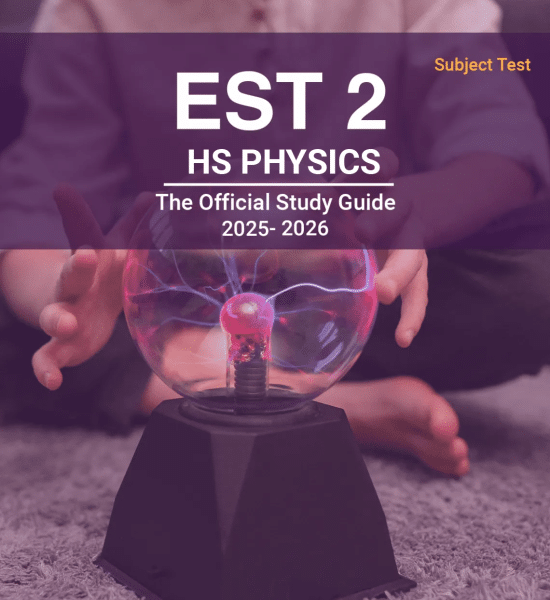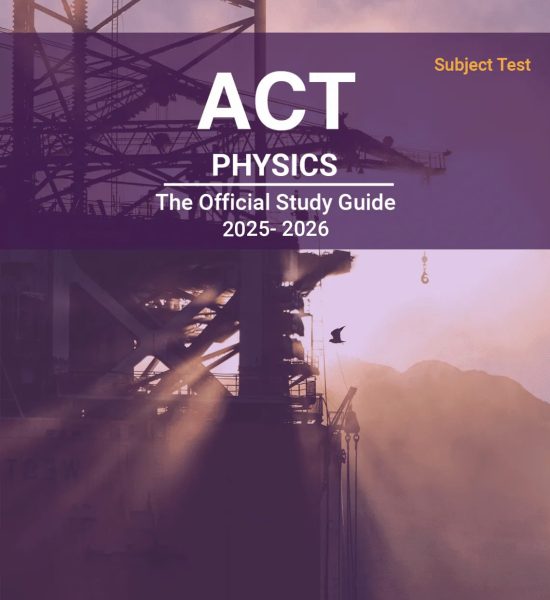AP Physics Book 1: Introductory to Mechanics, Electricity, and Waves

PHYSICS HIGHER LEVEL STUDY GUIDE:
| Content | Approximate % of Test |
|---|---|
Mechanics
|
36%-42% |
Electricity and magnetism
|
18%–24% |
Waves and optics
|
15%–19% |
Heat and thermodynamics
|
6%–11% |
Modern physics
|
6%–11% |
Miscellaneous
|
4%–9% |
Course Features
- Lectures 22
- Quizzes 14
- Duration 52 weeks
- Skill level All levels
- Language English
- Students 255
- Assessments Yes
- 6 Sections
- 22 Lessons
- 52 Weeks
Expand all sectionsCollapse all sections
- IntroductionA revise about math and physics basic skills.2
- MechanicsKinematics, such as velocity, acceleration, motion in one dimension, and motion of projectiles Dynamics, such as force, Newton’s laws, statics, and friction Energy and momentum, such as potential and kinetic energy, work, power, impulse, and conservation laws Circular motion, such as uniform circular motion and centripetal force Simple harmonic motion, such as mass on a spring and the pendulum Gravity, such as the law of gravitation, orbits, and Kepler’s laws14
- 2.1Kinematics
- 2.2Kinematics Practice80 Minutes32 Questions
- 2.3Dynamics
- 2.4Dynamics Practice60 Minutes26 Questions
- 2.5Work & Energy
- 2.6Work & Energy Practice60 Minutes20 Questions
- 2.7Momentum & Impulse
- 2.8Momentum & Impulse Practice40 Minutes16 Questions
- 2.9Circular Motion
- 2.10Circle Motion Practice20 Minutes8 Questions
- 2.11Gravitational Force
- 2.12Gravitational Force Practice40 Minutes19 Questions
- 2.13Vibration
- 2.14Vibration Practice20 Minutes8 Questions
- Waves6
- Electricity8
- Heat&Temperature3
- Atomic ,Nuclear and Modern Physics3





